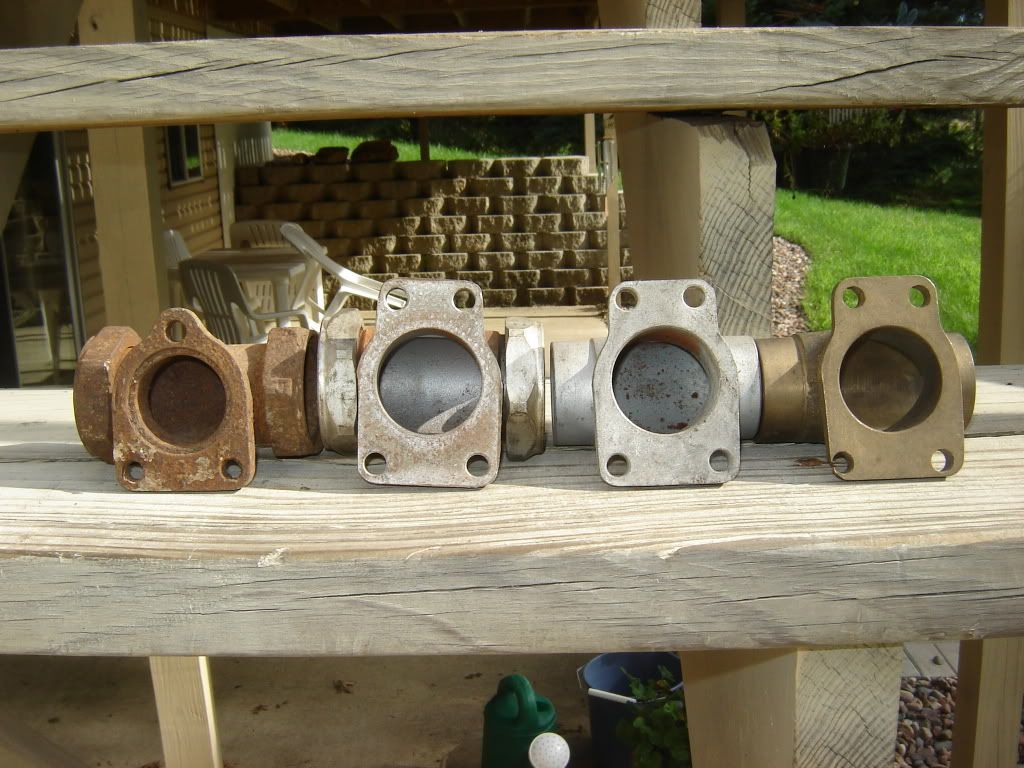I have a couple of OEM heads that have been altered for O-Ring Intake and would like to go back to threaded so that I can mount the original brass intake and linkert. Any suggestions on whether this would be recommended, and if so, a good vendor. I've run across Head Hog (Don Sullivan), and wondering about feedback on them as a vendor. Also like their valve seat solution ... and was wondering if anyone had feedback on that. Also, I've noticed the articles in the AMCA mag on the new intake manifold seals that suggest that they eliminate the plumber intake seal problem, even on the brass 1940 intakes (mine is a 1940). Anyone had experience with those?
Thanks!
Thanks!



Comment